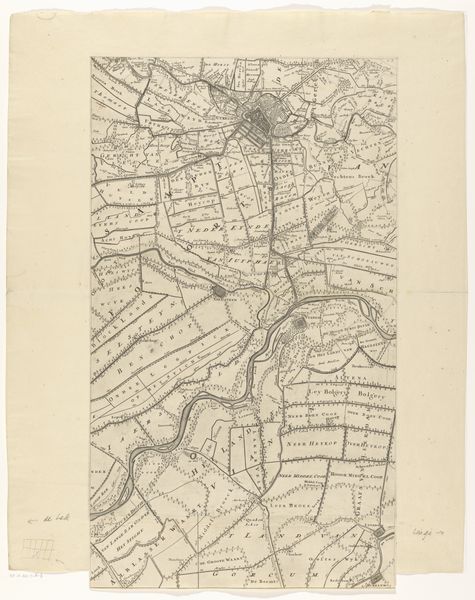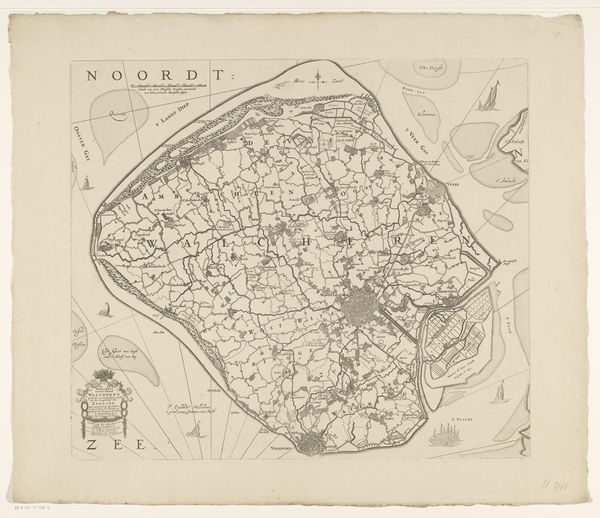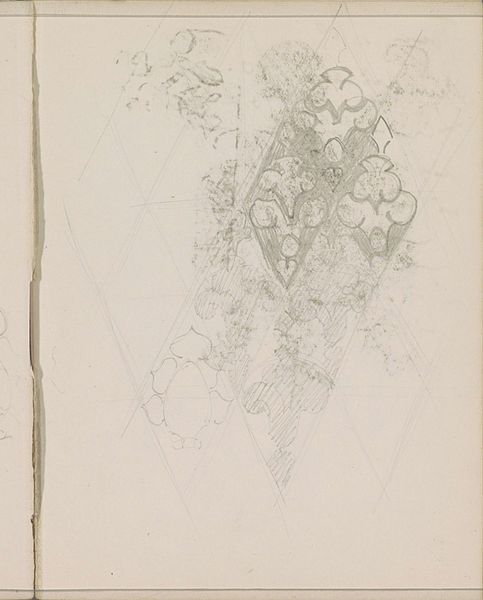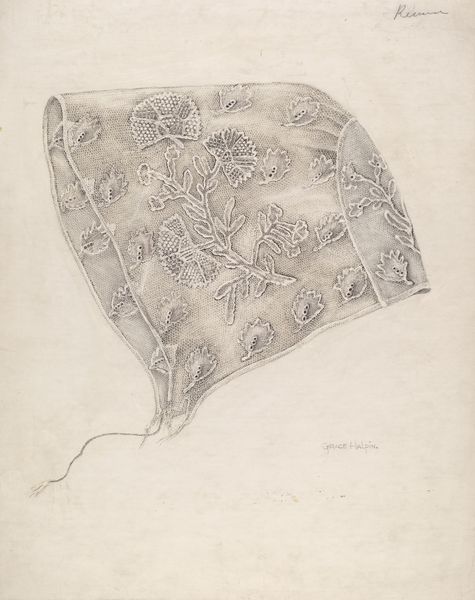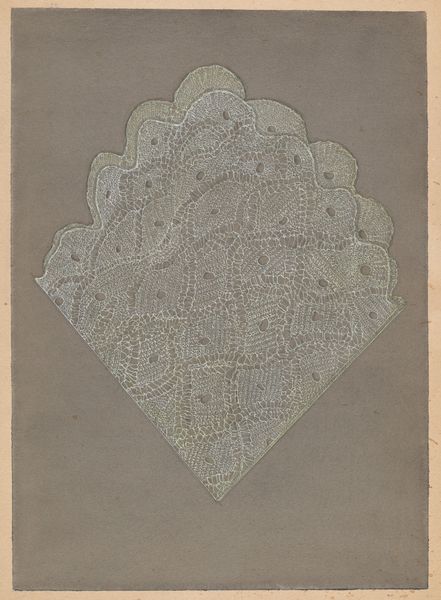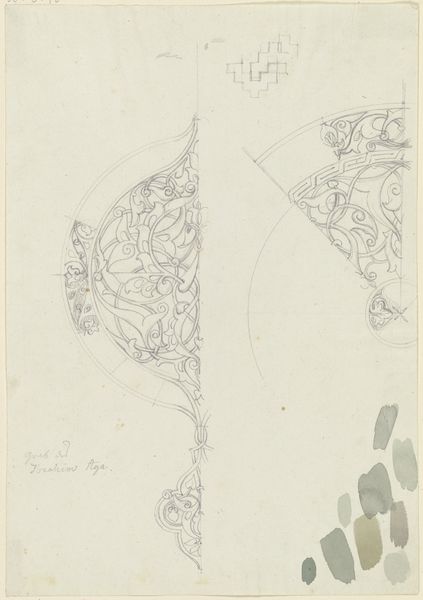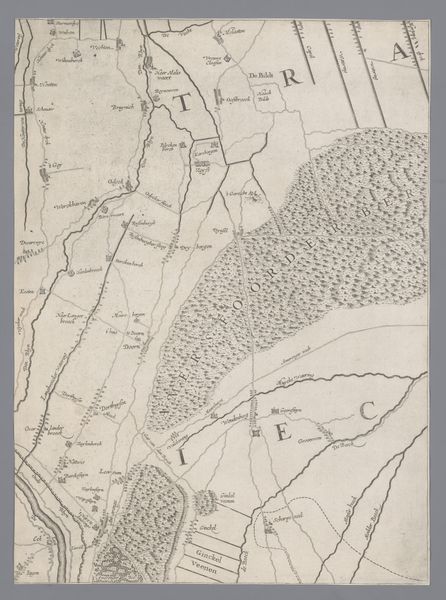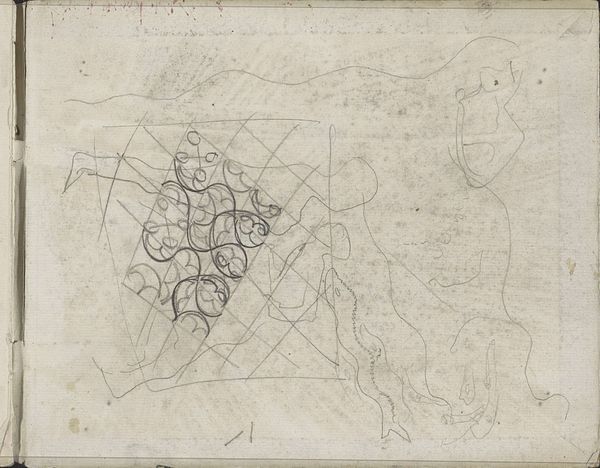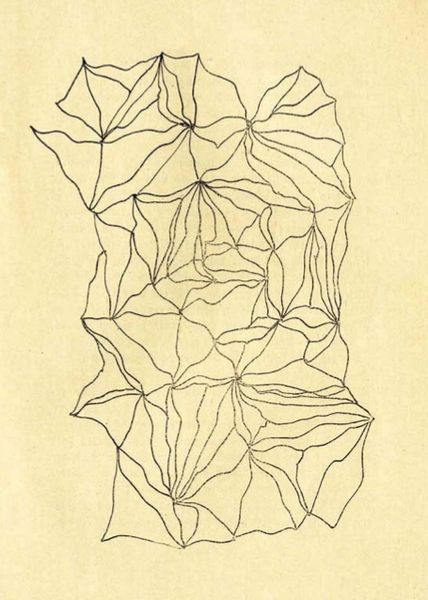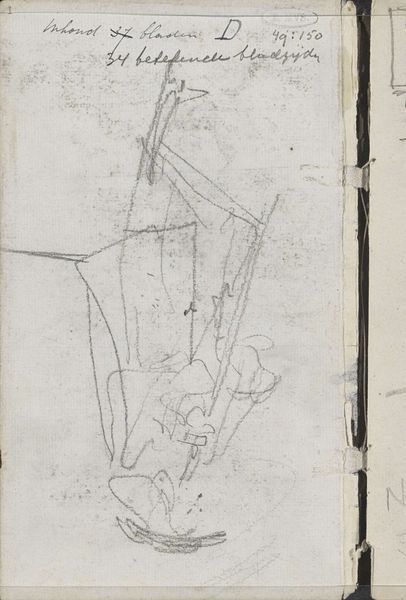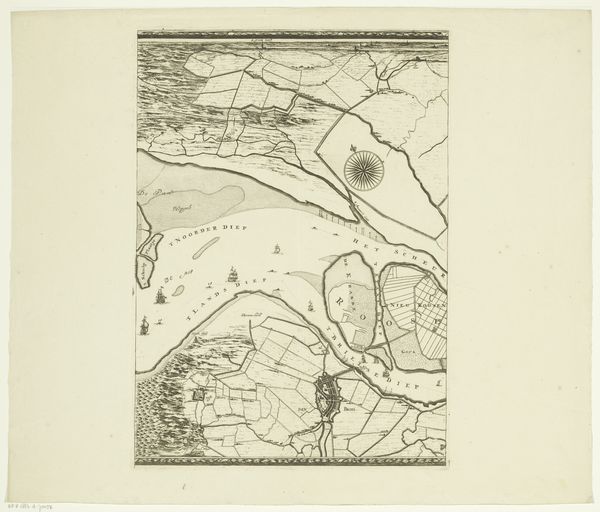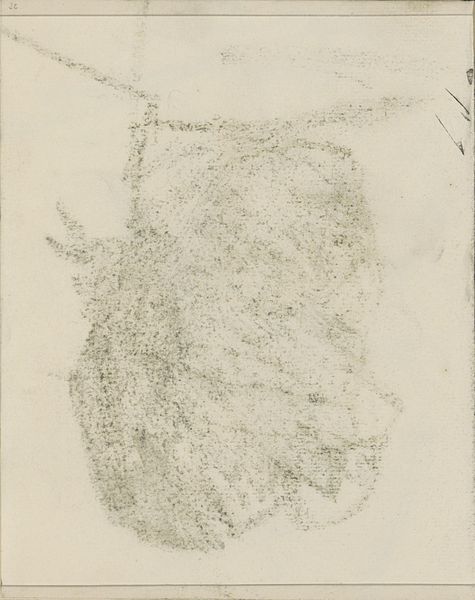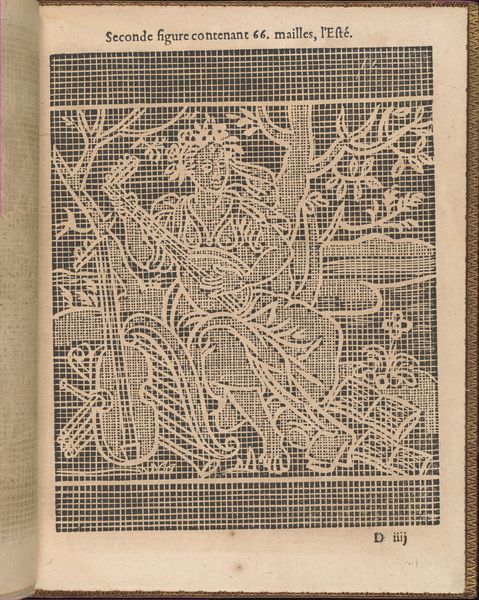
drawing, print, paper, ink
#
drawing
#
op-art
# print
#
woodcut effect
#
etching
#
paper
#
ink
#
linocut print
#
geometric
#
abstraction
#
modernism
Dimensions: overall: 32.6 x 24.3 cm (12 13/16 x 9 9/16 in.)
Copyright: National Gallery of Art: CC0 1.0
Editor: We're looking at M.C. Escher's "Circle Limit III" from 1959, made using ink on paper. It's quite striking – an intricate design of tessellating fish that diminish towards the edge of the circle. What’s your perspective on this mesmerizing piece? Curator: What immediately draws my attention is Escher's painstaking process. This wasn’t simply about aesthetic beauty; it involved a deep exploration of materials and mathematical principles. Consider the labour invested in meticulously crafting these repeating forms through printing techniques. What impact did that labor have on the artwork, its cultural associations? Editor: I guess it elevates what might otherwise be a purely mathematical exercise, imbuing it with a handcrafted quality. Is that a rebellion against industrialised modes of production? Curator: Precisely! By employing traditional methods like woodcut effects and etching, he creates a fascinating dialogue between craft and technology. His choice of materials—paper and ink—also grounds the work in the tangible world. What if he’d used more cutting-edge materials for the time? Editor: It’s difficult to imagine it with a different medium. The work feels inherently linked to the process of manual reproduction, almost as though each print contains its own unique history of production. It is like seeing a pre-digital manipulation of imagery. Curator: Precisely. So, looking at it this way allows us to see how "Circle Limit III" challenges conventional notions about high art and craft, and emphasizes the significance of material and process in artistic expression. Editor: This definitely gives me a fresh appreciation for the technical skill and labor behind this iconic image. I was originally caught up in the aesthetic, but I now realize it’s important to look at production too!
Comments
No comments
Be the first to comment and join the conversation on the ultimate creative platform.
